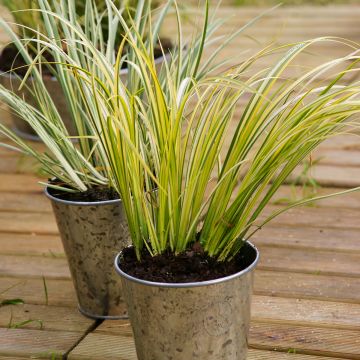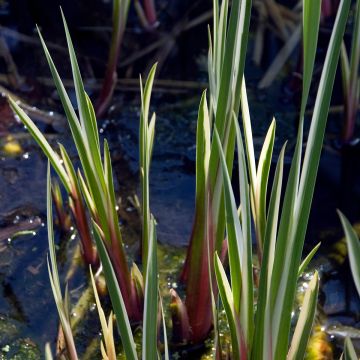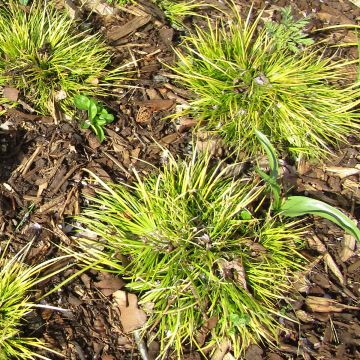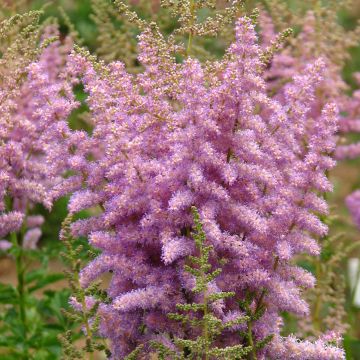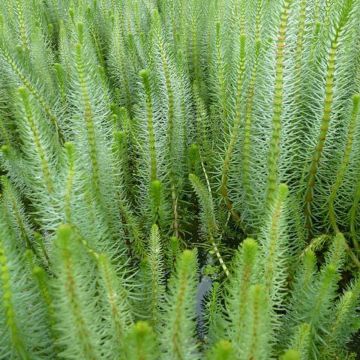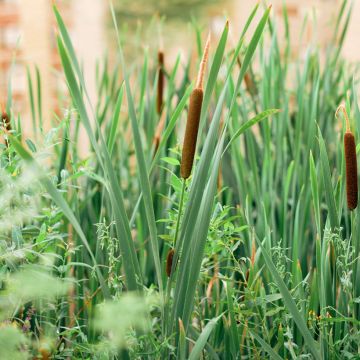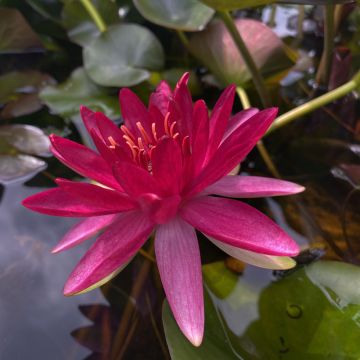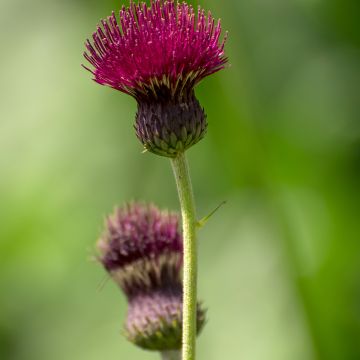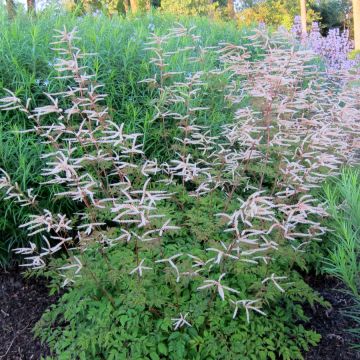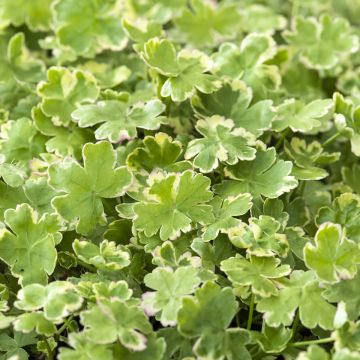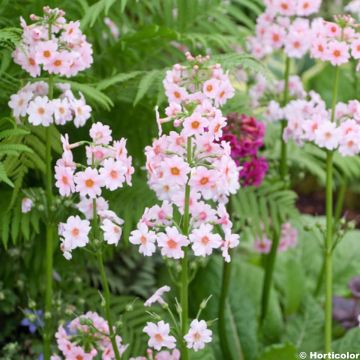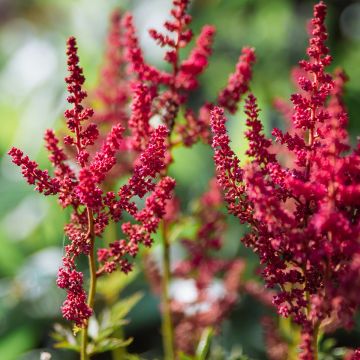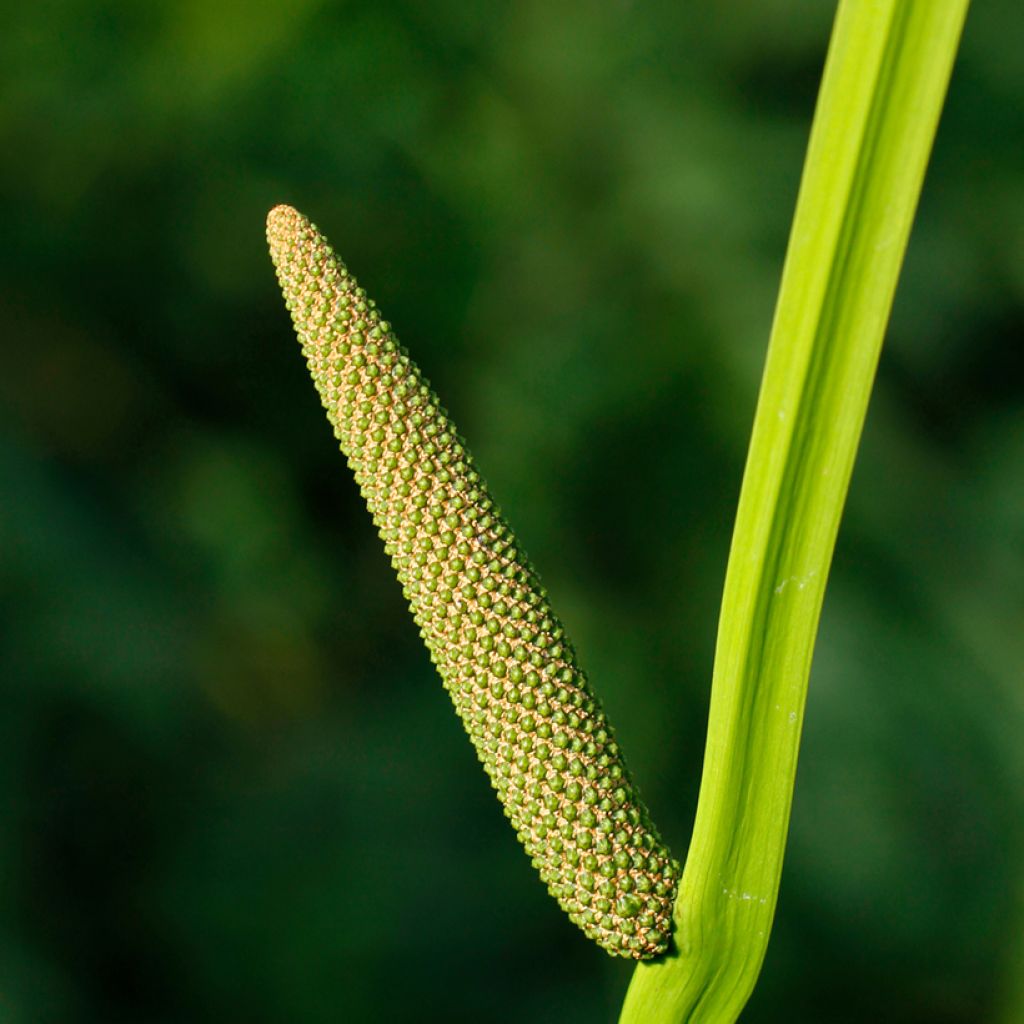

Acorus calamus - Calame, Acore
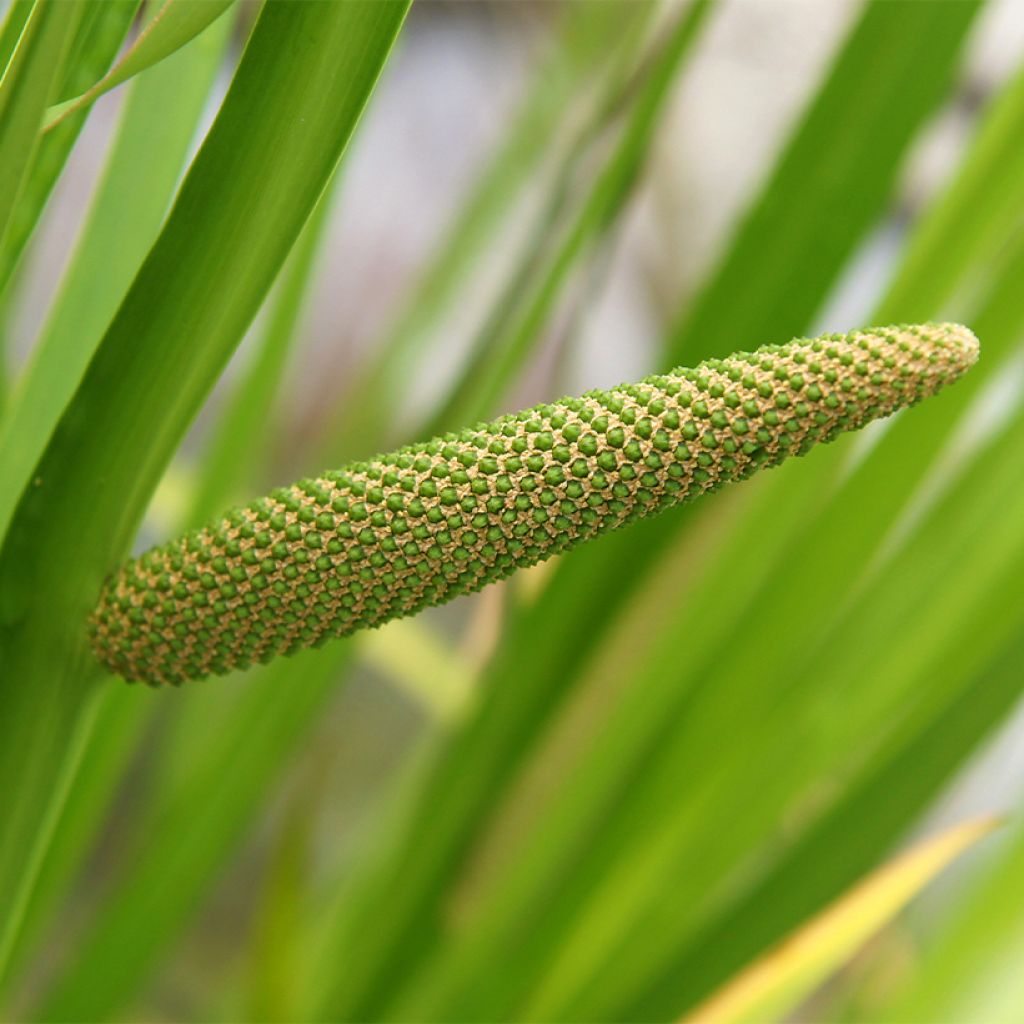

Acorus calamus - Calame, Acore
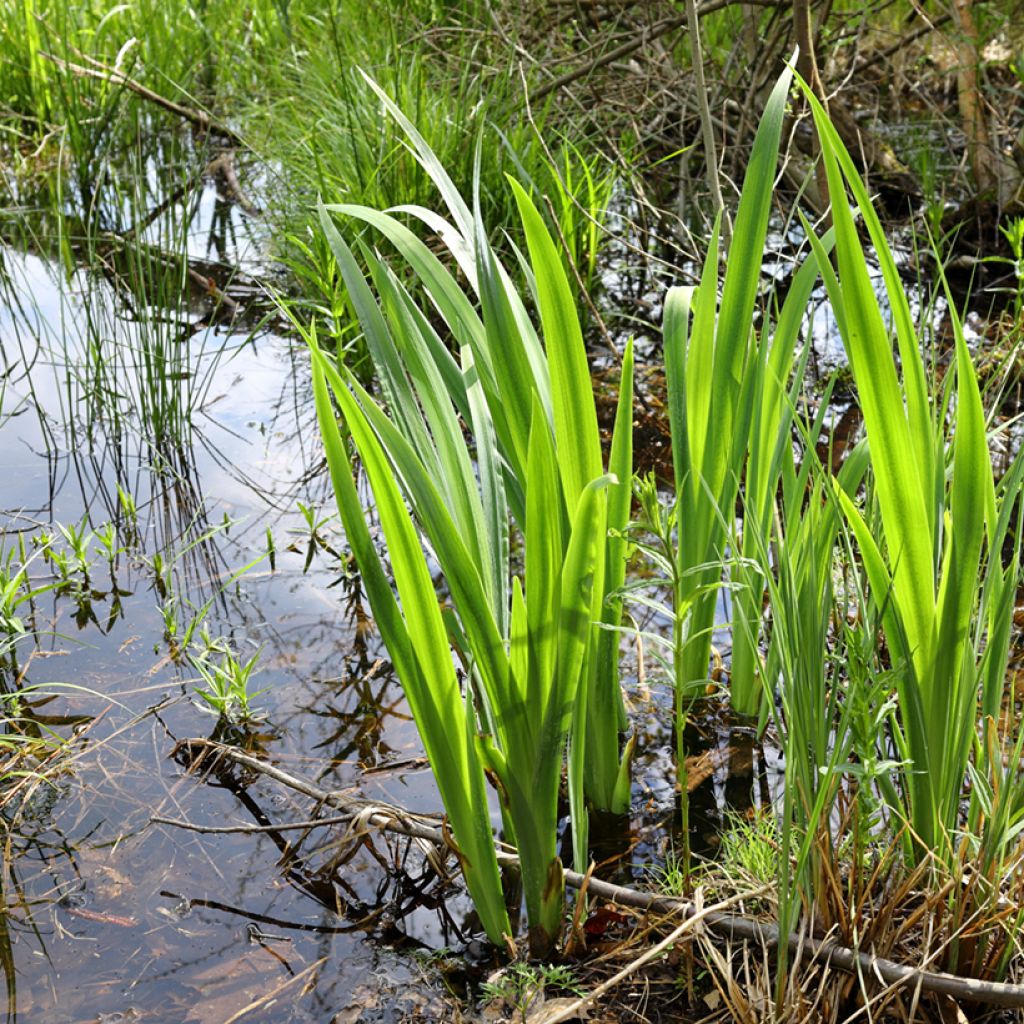

Acorus calamus - Calame, Acore
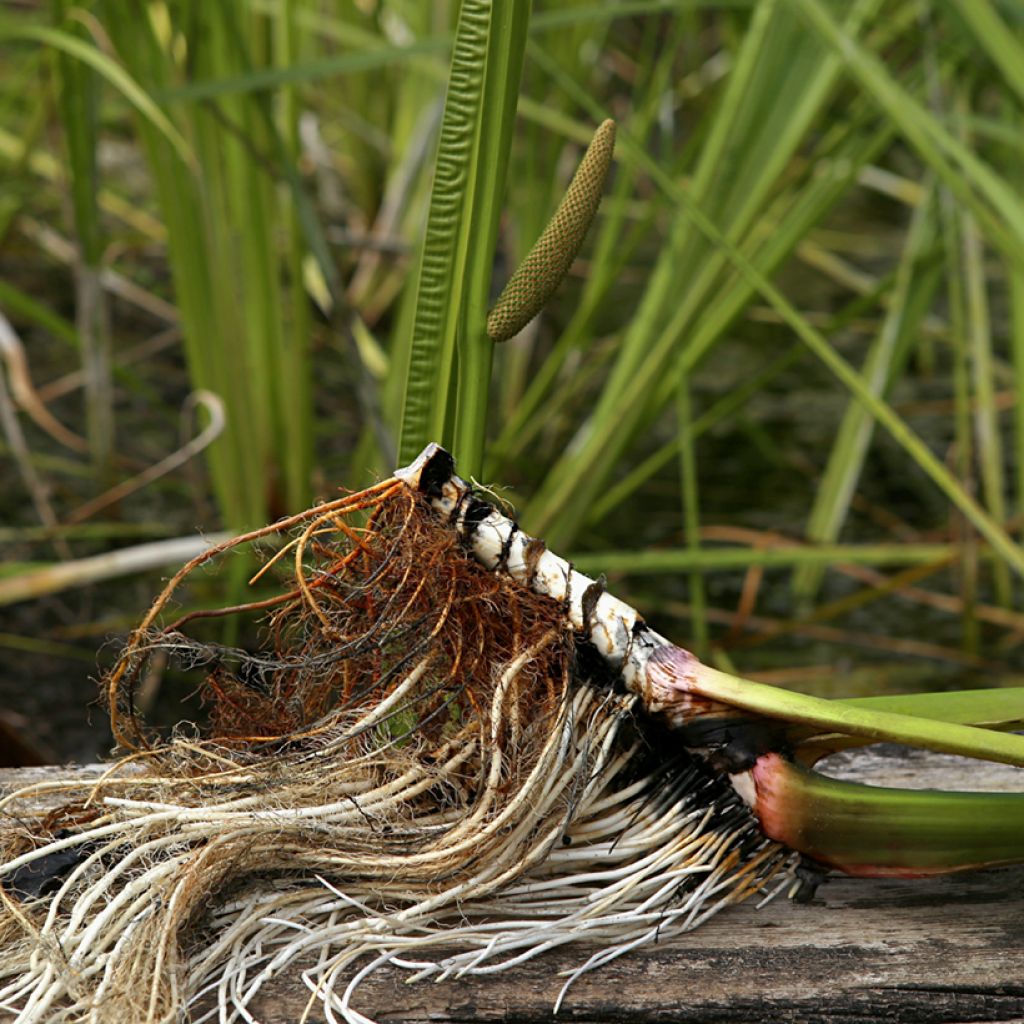

Acorus calamus - Calame, Acore
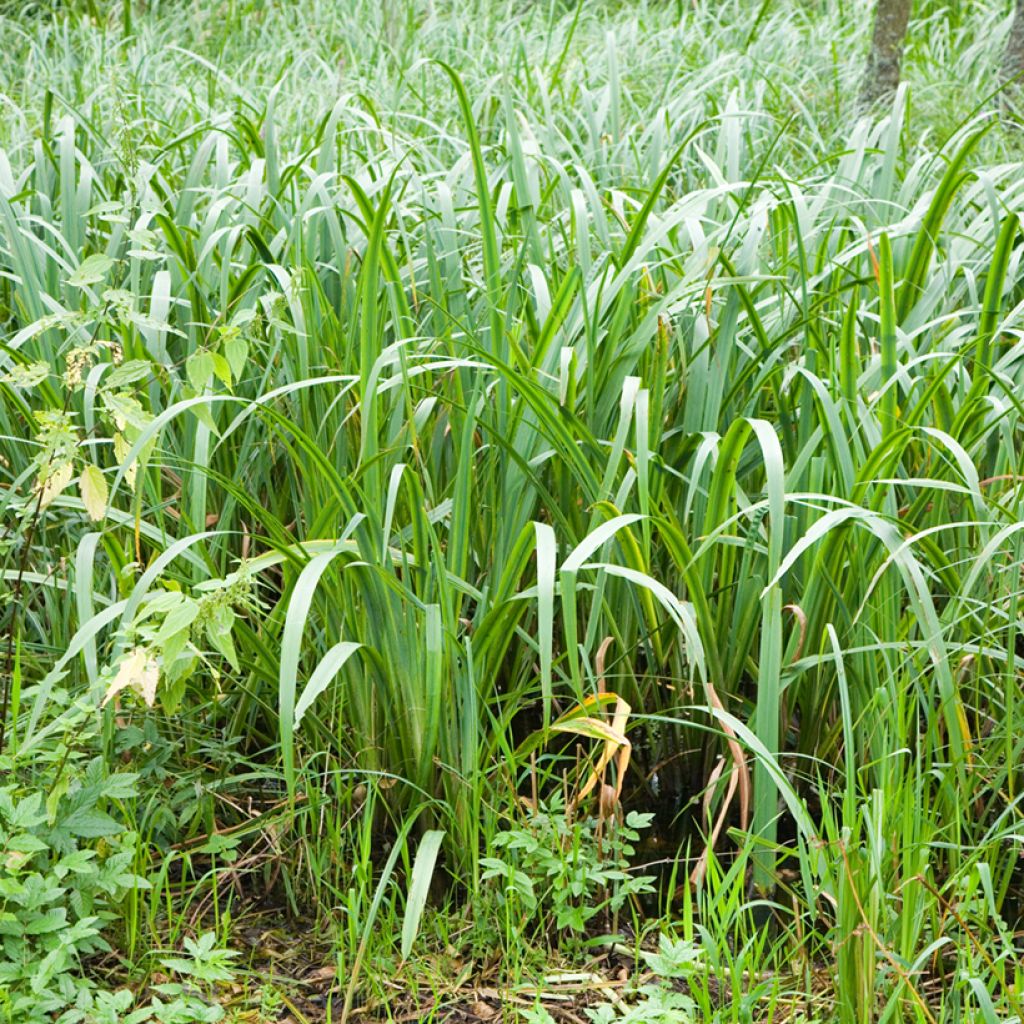

Acorus calamus - Calame, Acore
Acorus calamus
Acorus calamus
Sweet Flag, Calamus
Maybe it's better to choose another delivery service than Chronopost: The plants haven't arrived at the pickup point yet. They will be very damaged after four days!!! The second attempt at delivery was successful. A BIG THANK YOU FOR THE RESEND!!!
Oswald, 23/03/2024
This item cannot be shipped to the selected country
Delivery charge from €5.90
More information
Schedule delivery date,
and select date in basket
This plant carries a 12 months recovery warranty
More information
We guarantee the quality of our plants for a full growing cycle, and will replace at our expense any plant that fails to recover under normal climatic and planting conditions.
From €5.90 for pickup delivery and €6.90 for home delivery
Express home delivery from €8.90.
Does this plant fit my garden?
Set up your Plantfit profile →
Description
Acorus calamus, also known as Sweet Flag, Reed or Sweet Sedge, is a semi-aquatic perennial plant with a grass-like appearance, distinguished by its elegant, graphic foliage, semi-evergreen, aromatic when crushed. Its long, narrow, bright green ribbon-like leaves emit a mandarin scent. This species, naturalized in the northern hemisphere, is widely used in herbal medicine. Hardy, it can be planted in heavy, moist soil or in shallow water, where it may eventually produce insignificant flowers. Acorus brings brightness and structure to the edges of water features or in wet areas, in full sun or partial shade.
Acorus calamus belongs to the Araceae family. Native to Asia, it can be found in Northern and Central Europe, as well as North America. In eastern France, it has adapted to the edges of ponds and ditches. The Sweet Flag grows from a trailing, ramified, vigorous rhizome, which thrives in permanently moist soil, even in shallow water. With an upright habit, the plant reaches a height of 80cm (32in), or even 1m and more. Its leaves are sheathing, basal, ribbon-like, narrow, bright green, with plicate margins. They form large clumps. The young spring shoots have a reddish colouration. They are fragrant when crushed. Its insignificant flowers appear in summer if the plant is submerged, in a cylindrical yellowish spike of about 7cm (3in) long. Acorus calamus is the hardiest of the Sweet Flags, tolerating temperatures of around -15 to -20°C (5 to 1°F), once well established. It is more sensitive to cold in its youth.
Acorus calamus is a good choice for planting at the edge of a water feature or in a wet area, in wild or contemporary gardens. Pair it with Astilbes, Carex, Rodgersias or Filipendulas. Growing it in a large container, such as a zinc tub, also allows for the creation of a successful mini-aquatic garden by combining it with two or three shallow-water plants of contrasting shapes and colours, such as Cyperus papyrus 'Akhenaton'.
The dried rhizome has medicinal properties still used in parapharmacy and herbal medicine.
Report an error about the product description
Flowering
Foliage
Plant habit
Botanical data
Acorus
calamus
Araceae
Sweet Flag, Calamus
West Asia
Other Acorus
Planting and care
As with all aquatic plants or those that thrive in very wet soil, prefer spring planting. Sun or partial shade is suitable for Acorus calamus. For vigorous growth, it requires a rich soil, enriched with organic matter before planting, remaining moist or permanently submerged. Along the edge of a pond, the aromatic sweetflag should be planted at a shallow depth of water, up to 10-15cm (4-6in). Bury the rootstock to a depth of approximately 10cm (4in).
Dividing clumps and rootstocks should be done in spring. The rootstocks should be replanted immediately, as they do not tolerate dry conditions. Dividing clumps is recommended every four years to rejuvenate the plant.
Planting period
Intended location
Care
-
, onOrder confirmed
Reply from on Promesse de fleurs
Aquatic plants
Haven't found what you were looking for?
Hardiness is the lowest winter temperature a plant can endure without suffering serious damage or even dying. However, hardiness is affected by location (a sheltered area, such as a patio), protection (winter cover) and soil type (hardiness is improved by well-drained soil).

Photo Sharing Terms & Conditions
In order to encourage gardeners to interact and share their experiences, Promesse de fleurs offers various media enabling content to be uploaded onto its Site - in particular via the ‘Photo sharing’ module.
The User agrees to refrain from:
- Posting any content that is illegal, prejudicial, insulting, racist, inciteful to hatred, revisionist, contrary to public decency, that infringes on privacy or on the privacy rights of third parties, in particular the publicity rights of persons and goods, intellectual property rights, or the right to privacy.
- Submitting content on behalf of a third party;
- Impersonate the identity of a third party and/or publish any personal information about a third party;
In general, the User undertakes to refrain from any unethical behaviour.
All Content (in particular text, comments, files, images, photos, videos, creative works, etc.), which may be subject to property or intellectual property rights, image or other private rights, shall remain the property of the User, subject to the limited rights granted by the terms of the licence granted by Promesse de fleurs as stated below. Users are at liberty to publish or not to publish such Content on the Site, notably via the ‘Photo Sharing’ facility, and accept that this Content shall be made public and freely accessible, notably on the Internet.
Users further acknowledge, undertake to have ,and guarantee that they hold all necessary rights and permissions to publish such material on the Site, in particular with regard to the legislation in force pertaining to any privacy, property, intellectual property, image, or contractual rights, or rights of any other nature. By publishing such Content on the Site, Users acknowledge accepting full liability as publishers of the Content within the meaning of the law, and grant Promesse de fleurs, free of charge, an inclusive, worldwide licence for the said Content for the entire duration of its publication, including all reproduction, representation, up/downloading, displaying, performing, transmission, and storage rights.
Users also grant permission for their name to be linked to the Content and accept that this link may not always be made available.
By engaging in posting material, Users consent to their Content becoming automatically accessible on the Internet, in particular on other sites and/or blogs and/or web pages of the Promesse de fleurs site, including in particular social pages and the Promesse de fleurs catalogue.
Users may secure the removal of entrusted content free of charge by issuing a simple request via our contact form.
The flowering period indicated on our website applies to countries and regions located in USDA zone 8 (France, the United Kingdom, Ireland, the Netherlands, etc.)
It will vary according to where you live:
- In zones 9 to 10 (Italy, Spain, Greece, etc.), flowering will occur about 2 to 4 weeks earlier.
- In zones 6 to 7 (Germany, Poland, Slovenia, and lower mountainous regions), flowering will be delayed by 2 to 3 weeks.
- In zone 5 (Central Europe, Scandinavia), blooming will be delayed by 3 to 5 weeks.
In temperate climates, pruning of spring-flowering shrubs (forsythia, spireas, etc.) should be done just after flowering.
Pruning of summer-flowering shrubs (Indian Lilac, Perovskia, etc.) can be done in winter or spring.
In cold regions as well as with frost-sensitive plants, avoid pruning too early when severe frosts may still occur.
The planting period indicated on our website applies to countries and regions located in USDA zone 8 (France, United Kingdom, Ireland, Netherlands).
It will vary according to where you live:
- In Mediterranean zones (Marseille, Madrid, Milan, etc.), autumn and winter are the best planting periods.
- In continental zones (Strasbourg, Munich, Vienna, etc.), delay planting by 2 to 3 weeks in spring and bring it forward by 2 to 4 weeks in autumn.
- In mountainous regions (the Alps, Pyrenees, Carpathians, etc.), it is best to plant in late spring (May-June) or late summer (August-September).
The harvesting period indicated on our website applies to countries and regions in USDA zone 8 (France, England, Ireland, the Netherlands).
In colder areas (Scandinavia, Poland, Austria...) fruit and vegetable harvests are likely to be delayed by 3-4 weeks.
In warmer areas (Italy, Spain, Greece, etc.), harvesting will probably take place earlier, depending on weather conditions.
The sowing periods indicated on our website apply to countries and regions within USDA Zone 8 (France, UK, Ireland, Netherlands).
In colder areas (Scandinavia, Poland, Austria...), delay any outdoor sowing by 3-4 weeks, or sow under glass.
In warmer climes (Italy, Spain, Greece, etc.), bring outdoor sowing forward by a few weeks.

































